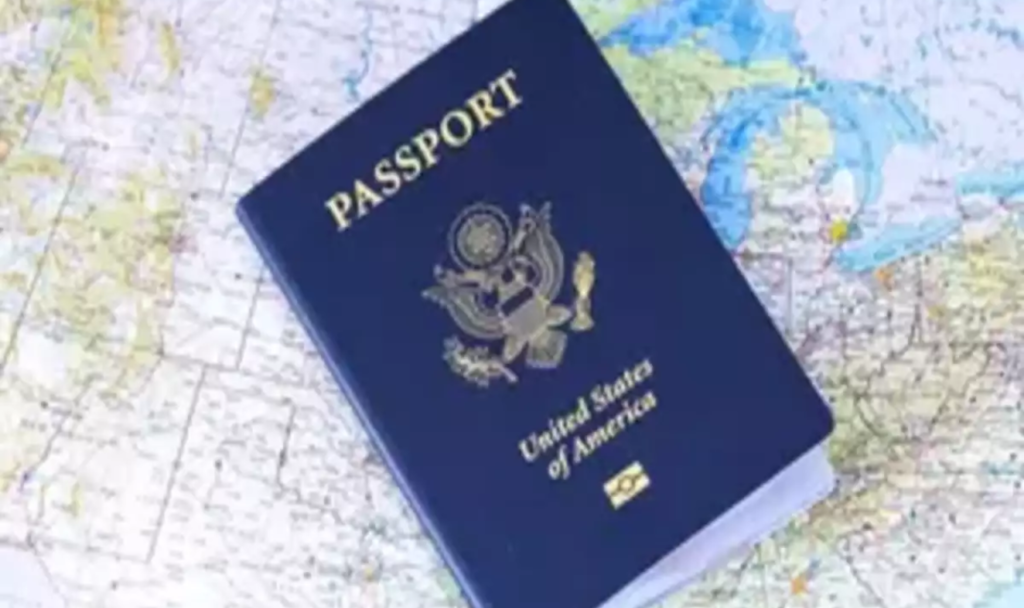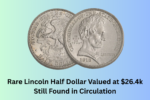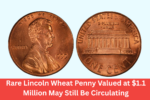When applying for a U.S. passport, it’s crucial to ensure your photo meets the exact requirements set by the U.S. Department of State. Failing to do so can lead to costly delays, additional fees, and the frustration of having to resubmit your application. Passport photos may seem like a small detail in the overall process, but they are an essential part of securing your travel document. Here’s a breakdown of common mistakes to avoid and how to ensure your passport photo meets the necessary standards.
1. Getting the Size Wrong
One of the most frequent mistakes applicants make is not following the proper dimensions for their passport photo. The U.S. passport photo must measure 2 inches by 2 inches (51mm x 51mm). This standard is critical. Even if your photo looks good in every other aspect, if it’s too large or too small, it will not be accepted. It’s essential to check the photo size before submitting.
Furthermore, the head in the photo must be between 1 inch and 1 3/8 inches (25mm – 35mm) from chin to crown. Anything outside this range can lead to a rejected photo, causing unnecessary delays. A properly sized photo is essential for a smooth application process. For more details, you can check the official U.S. Department of State photo requirements.
2. Incorrect Facial Expression
Your facial expression plays a significant role in the acceptability of your passport photo. The Department of State requires that you have a neutral expression with your eyes open and mouth closed. Smiling, frowning, or having an overly expressive face can lead to rejection. The photo must show you in a natural state, with no exaggerated facial features.
It’s also important that your face is clearly visible. Any items like hair that cover your face or eyes can cause issues. If you wear a hairstyle that might obscure your face, it’s best to pull it back for the photo.
3. Pose and Head Positioning
Many people unintentionally tilt their heads when taking photos, but this is another mistake that can cause delays. The U.S. Department of State requires that you face the camera directly with your head aligned straight, not tilted or turned in any way. This rule ensures that the photo accurately represents your appearance and can be used for identification purposes.
Additionally, make sure your shoulders are square to the camera and that you are not leaning in any direction. This is a small but significant detail that applicants often overlook, resulting in a photo that doesn’t meet the necessary criteria. You can find more about head positioning in the photo on the official guidelines.

4. Background Mistakes
The background of your passport photo is just as important as the rest of the image. A common mistake is choosing a background that doesn’t comply with the U.S. Department of State’s requirements. The background must be plain white or off-white, with no shadows, patterns, or textures. This ensures that there is a strong contrast between you and the background, which is crucial for the clarity of the photo.
Any visible objects or people in the background will lead to immediate rejection of your photo. Therefore, ensure the background is clear of distractions. The photo should be taken in a location with a neutral, uniform background, such as a white wall or a neutral-colored backdrop. For further details, visit Travel State.gov – Passport Photos.
5. Clothing and Accessories Issues
While it may seem like a minor detail, the clothing you wear in your passport photo can have a big impact on its acceptance. The U.S. Department of State advises applicants not to wear uniforms, camouflage, or clothing that blends with the background. Ideally, you should wear a plain shirt or blouse that contrasts with the background color.
Head coverings such as hats or scarves are not permitted unless they are worn for religious or medical reasons. If you must wear a head covering, make sure it does not obscure your face or hairline, and be prepared to provide documentation to support the need for the headwear.
Another critical accessory to avoid is eyewear. Glasses are not allowed in U.S. passport photos unless required for medical reasons. This includes sunglasses and prescription glasses. If you cannot remove your glasses due to medical reasons, you will need to submit a signed statement from your doctor explaining the necessity of wearing them. If you wear glasses for fashion purposes, be sure to remove them before taking the photo. Find more information on this rule here.
6. No Digital Alterations
It can be tempting to digitally alter or retouch your passport photo to enhance its appearance. However, doing so is a big mistake. The U.S. Department of State explicitly prohibits any digital alterations to passport photos. This includes retouching blemishes, adjusting lighting, or even changing the background. The photo must be as close to your natural appearance as possible.
If you take your photo yourself, avoid using filters or editing software to enhance the image. It’s important to submit a clear, unaltered version of your photo to avoid delays in processing.
7. Avoiding Professional Help
Though it is possible to take your own passport photo, many people make the mistake of not seeking professional assistance when needed. Professional passport photo services are available at many drugstores, post offices, and photography studios. They are familiar with the specific requirements for passport photos and will ensure your image meets all standards.
If you opt for a DIY photo, ensure you follow all the guidelines strictly. For detailed instructions on how to take your own passport photo at home.
8. Photo Quality Issues
A common mistake that can delay your passport application is submitting a photo that lacks clarity. The photo must be high quality and printed on matte or glossy photo paper. It should be free from any blurriness, pixelation, or graininess, as these imperfections can hinder the identification process.
Before submitting your passport application, carefully inspect the photo for any issues. If you notice any blurriness or poor print quality, retake the photo to avoid delays. Learn more about the quality requirements .
Conclusion
Ensuring your passport photo meets the U.S. Department of State’s requirements is a vital step in securing your passport. Mistakes such as incorrect dimensions, improper background, or using prohibited accessories can result in rejection and delay your travel plans. Take the time to review all the guidelines and double-check your photo before submission. By doing so, you can avoid the hassle of resubmitting your application and ensure that your passport is processed in a timely manner.

Pankaj Kumar is a journalist at Chandigarh X, covering admit cards, recruitment, and government schemes. His articles provide readers with detailed insights into application processes, eligibility, and exam updates.
Outside of work, Pankaj enjoys traveling, fitness, and cricket, often participating in local matches on weekends.



